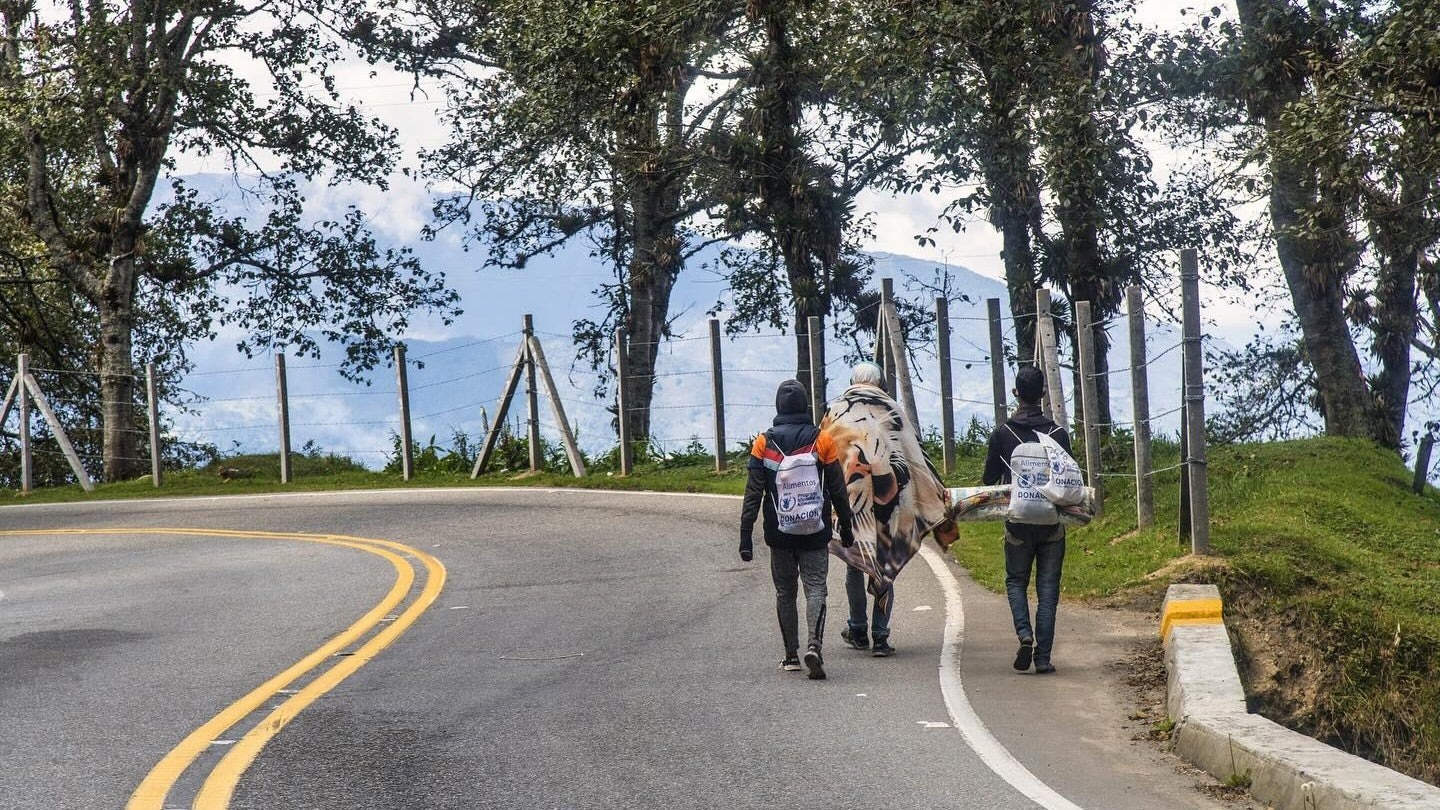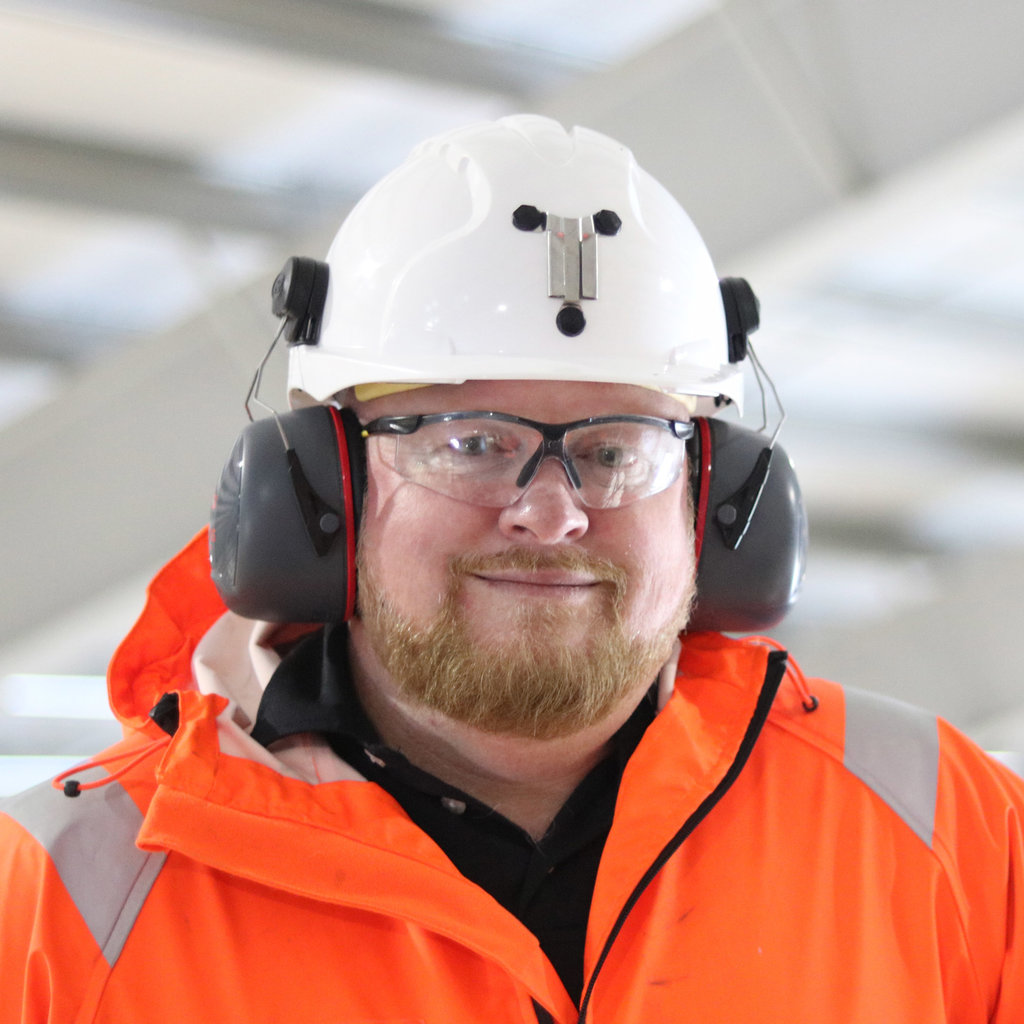Feature
AI-driven remote surgery breakthroughs prompt calls for global clinical standards
Democratic senator Chuck Schumer has called on the FTC to get ahead of the curve on neural data, but whether regulatory action will ensue is another matter, Bernard Banga investigates.

Bio-chips hold great potential to evolve healthcare areas such as home-testing and personalised medicine. Credit: Wladamir Bulgar / SCcience Photo Library / Getty Images

Given the intimacy of neural data, Democratic senator Chuck Schumer and other observers believe that regulation needs to get ahead of the curve before the likes of brain-computer interface (BCI) technology hits the mainstream. Credit: MF3D / Getty Images
This July in Strasbourg, attention is turning to the promise of remote surgery in addressing critical gaps in global healthcare. According to the World Health Organization (WHO), more than 70% of stroke patients in under-resourced regions lack prompt access to care, often due to a shortage of specialist surgeons.
“Can we accept that, in 2025, 4.9 billion people still lack safe access to the surgical care they need?” asks Professor Jacques MarescauxStrasbourg University, Founder and President of IRCAD (Institute for Research into Cancers of the Digestive System), a world-renowned centre for training in robotic and minimally invasive surgery.
Enabled by advances in robotics, AI and ultra-low-latency networks, remote surgery is emerging as a viable solution to reduce treatment delays, improve procedural accuracy and lower overall costs in the treatment of complex conditions such as stroke, cancer, and trauma.
Infrastructure and latency: the technological backbone
Secure, lowlatency networks are the essential foundation for safe remote surgery. The latest 5G URLLC (UltraReliable LowLatency Communications) systems now consistently deliver latencies 50 ms, a critical threshold for tactile feedback, while advanced fibreoptic connections can reduce latency to under 10 ms. Notably, a preclinical study conducted in China between Beijing and Sanya (3,000 km) demonstrated successful robotassisted laparoscopy.
Although surgeons experienced increased mental workload, surgical performance remained viable.
To further mitigate residual latency, recent work by Muhammad Hanif Lashari et al. (Iowa State University, January 2025) introduced a hybrid predictive model combining the transformer-based Informer architecture with a four-state Hidden Markov Model (HMM). In tests, this estimating real-time robotic arm position. “Informer + HMM shows promise in maintaining reliable functionality in unstable network environments”, note the authors of the report.
Autonomous robotics and intelligent surgical assistance
Focus has now shifted to surgical robots – key drivers of accuracy, efficiency and scalability in remote procedures. A systematic review and meta-analysis led by Jack Ng Kok Wah and colleagues at the University of Nottingham, analysed 25 studies published between 2024 and 2025 and demonstrated that AI-assisted robotic systems reduced surgery time by 25%, reduced intraoperative complications by 30% and postoperative hospital stays by 15%.
While Intuitive’s Da Vinci X, Si, and Xi systems remain clinical benchmarks, emerging platforms including Hugo (Medtronic), Versius (CMR Surgical), Dexter (Distalmotion) and Hinotori (Kawasaki) are redefining the market by focusing on modular architectures, reusable instruments and advanced haptic feedback. Other notable multi-port robotic systems include Revo Surgical, Kang Duo Sagebot, Medicaroid Hinotori Robot, Carina Platform, daVinci 5 and Xi (Intuitive), Microport/Medbot and CMR Surgical’s Versius.
Preclinical studies have demonstrated that autonomous robotic systems can execute complex tasks with sub-millimetre (<0.5 mm) accuracy. In a benchmark study, Tian Yu et al., specialists in surgical robotics and computer vision applied to robot-assisted surgery at the Department of Computer Science, University of Hong Kong, demonstrated robotic micro-suturing with 0.27 mm accuracy using optical coherence tomography (OCT) feedback. This advance supports the feasibility of automating individual surgical steps and marks a transition from robotic assistance towards intelligent surgical collaboration, where autonomous systems perform specific procedures under surgeon guidance.
Miniaturised robotics and targeted applications
As surgical robotics matures, a critical frontier lies in democratising access: making high-precision technology viable in under-resourced settings. The miniaturisation of robotic platforms is enabling new use cases across diverse clinical environments. Portable systems can now perform colectomies with zero open conversions, cutting postoperative hospital stays from six days to just two. In Rwanda, the IRCAD-led Disrumpere project has successfully deployed AI-enhanced robotic arms to automate ultrasound diagnostics, reaching hundreds of rural clinics.
In 2025, remote robotic surgery is achieving clinical relevance across multiple disciplines. In endovascular surgery, Microbot’s LIBERTY system has demonstrated successful remote coronary suturing in simulation, potentially reducing ischaemic complications. In urology and gynaecology, new-generation systems such as Hinotori and KangDuo are showing surgical outcomes comparable to the da Vinci platform.
Meanwhile, robotic cochlear implantation is entering a new era: autonomous systems are now achieving micron-level accuracy in both cochlear drilling and electrode placement. These developments reflect a broader trend, moving beyond centralised robotic hubs toward adaptable, AI-integrated platforms which can support specialist procedures in both advanced and underserved settings.
Cutting-edge research and regulatory and insurance frameworks
Alongside the rapid rollout of advanced surgical devices, academic research is pushing the boundaries of autonomy and functional reliability in robotic surgery. Recent innovations include Safe Uncertainty-Aware Learning, which enables autonomous suturing with provable safety exit strategies through ensemble diffusion policies and control barrier functions. Similarly, the hierarchical intelligent agent model SRT H demonstrated a 100% success rate in autonomous cholecystectomy during ex-vivo trials, marking a critical milestone toward real-world surgical autonomy. Furthermore, affordable AI- and AR-powered training platforms costing under $50,000 are now achieving sub-10 ms latency and micron-level accuracy, democratising highly reliable surgical simulation.
Technological advances must be supported by cohesive regulatory and liability frameworks to enable global scaling. Licensing systems should facilitate cross-border accreditation to address surgeon shortages worldwide. Legal responsibility must be clearly defined among surgeons, local teams, and device manufacturers. “Additionally, supervision and training require internationally validated curricula to equip remote practitioners and local staff for effective rescue interventions,” notes Marescaux, a global pioneer in telesurgery training (see Box 1). Furthermore, insurance policies should clarify malpractice cover, encompassing incident reporting, cross-jurisdiction liability and compliance with local and international standards. As Dr. Armando Melani points out, “Global governance is needed urgently; for instance, France bans foreign remote surgeons, whereas the US licenses them.”
GlobalData’s business fundamentals senior analyst Ophelia Chan says: “Oncology continued to dominate as the leading therapeutic area for IPOs this year, highlighted by CG Oncology’s $437m upsized IPO—the largest and first of the year. The company’s robust clinical data and ability to secure substantial capital have contributed to its strong performance in 2024.”
After a quiet summer, the IPO market reached full swing in autumn when Bicara Therapeutics, Zenas BioPharma, and MBX Biosciences all opened on the NASDAQ on the same Friday in September. The ‘triple-header event’ saw the three companies pull in over $700m combined. It was no surprise that the surge in activity came after the Federal Reserve’s decision to lower interest rates for the first time in years, ushering in a more inviting funding environment. This fruitful month was a stark contrast to August, which saw a significant global stock market dip amid fears of a US recession.
In June, Telix Pharmaceuticals – an emerging player in the fast-growing radiopharmaceutical space – pulled a last-minute plug on its IPO. The Australian company had been planning to list on NASDAQ and was on course to raise $232m – a value that would have placed it high on the list of biotech IPO sizes this year. Telix cited that its board did not move forward with the plans due to market conditions at the time.

On The Ground International assists Venezuelan caminantes (pictured) between Pamplona and La Laguna, Santander, Colombia. Credit: On The Ground International / Facebook

The Smart Clinic in La Guajira, Colombia. Credit: Siemens Healthineers
Numb feet, bleeding legs and dehydrated bodies mark their journeys – not to mention infectious diseases and psychological trauma. Studies have identified outbreaks of measles, diphtheria and malaria across Venezuela, while tuberculosis, typhoid and HIV, are also resurgent.
Caption. Credit:
Once we see where those changes are, we can plan where we’re going to cut the bone.
Dr Lattanza

Phillip Day. Credit: Scotgold Resources
Total annual production
Australia could be one of the main beneficiaries of this dramatic increase in demand, where private companies and local governments alike are eager to expand the country’s nascent rare earths production. In 2021, Australia produced the fourth-most rare earths in the world. It’s total annual production of 19,958 tonnes remains significantly less than the mammoth 152,407 tonnes produced by China, but a dramatic improvement over the 1,995 tonnes produced domestically in 2011.
The dominance of China in the rare earths space has also encouraged other countries, notably the US, to look further afield for rare earth deposits to diversify their supply of the increasingly vital minerals. With the US eager to ringfence rare earth production within its allies as part of the Inflation Reduction Act, including potentially allowing the Department of Defense to invest in Australian rare earths, there could be an unexpected windfall for Australian rare earths producers.
